The Streak Continues: 333
Yesterday was a day of trying to deal with the challenges of transitioning from a PC to a MAC after a lifetime of the former…. This blog post, the 333rd in a row, took me about 2 1/2 hours to prepare. It was published at about 7:15am from my home at Indian Lake Estates, FL.
After getting back from a morning photo session down by the lake Jim informed me that this was the first blog post inadvertently published without a title. That was rectified at 8:37am 🙂
Please help us out…
To show your appreciation for my efforts here, we ask that you use our the B&H and Amazon affiliate links on the right side of the blog for all of your purchases. B&H Is recommended for you major photography gear purchases, Amazon for your household, entertainment, and general purpose stuff. Please check the availability of all photographic accessories in the BIRDS AS ART Online Store, especially Gitzo tripods, Wimberley tripod heads, and the like. We sell only what I have used, have tested, and can depend on. We will not sell you junk. We know what you need to make creating great images easy and fun. And we are always glad to answer your gear questions via e-mail.
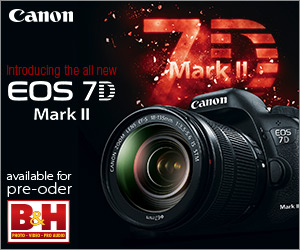

If what you learned here on my blog about the Canon EOS-7D Mark II has inspired you to purchase this great new camera body, please consider using the logo link above to support our efforts here in bringing you the latest, greatest educational materials on daily basis.
Image A |
Image A
Image A was created with the EOS-1D X.
Image B |
Image B
Image B was created with a beta version EOS-7D Mark II.
Image C |
Image C
Image C was created with the EOS-5D Mark III.
Thoughts
If the premise that the images from the 3 camera bodies cropped to the same subject size would be easily distinguishable with the 5D III image showing the best image quality and the greatest detail and the 7D II image showing the worst image quality the rankings would have unanimously looked like this:
A: 1D X
B: 7D II
C: 5D III
Having seen the converted RAW files I would have rated image C as best by a slim margin with images A and B pretty much equal. Even at that, to my eye all three JPEGs looked pretty darned good.
Results
Amazingly, to me at least, eleven folks nailed the test, whatever it was worth, rating image C–from the 5D III–as best, image A–the 1D X image–as next best, and image B–from the 7D II–as the worst of the lot. That said, six folks thought that image C was the “worst” by assigning it to the 7D II. Several folks felt that the images were either very close or virtually indistinguishable. All of the above of course assuming that folks understood the issues involved….
Nick, commenting on a similar post here, stated that the “test” (my quotation marks) made no sense nor could it provide any valid information. I have no clue as to whether he is right or wrong but he seemed to know what he is talking about.
Conclusions
#1: As I have stated here many times, I simply do not have a good eye for fine detail. Why do I say that? Many folks in addition to the nine who nailed the test clearly identified the 7D II image as having the poorest quality.
#2: With more than a few folks feeling as I did that the images were quite close in quality, the 7D II is a seriously good, reasonably priced digital camera body that produces quality images while offering great reach via its 1.6X crop factor sensor.
#3: Bogus or not, the test was lots of fun and led to a wonderful exchange of ideas. Flawed or not, I will look for a way to repeat it with a cooperative avian subject.
4: For the most part, I will go back to doing what I do best: make good images. And my plan for the immediate future is to continue using the 7D II for nearly all of my photography. Those who see me as a shill for all things Canon need to ask themselves, “Would he be choosing and using the 7D II while keeping his 5D III and his two 1D X bodies in the bag?”
|
This image was created on the 2013 Galapagos Photo-Cruise with the hand held the Canon EF 200-400mm f/4L IS USM Lens with Internal 1.4x Extender (with the internal TC engaged at 560mm) and the Canon EOS-1D X. ISO 800. Evaluative metering +1 1/3 stops off the light blue water: 1/2000 sec. at f/5.6 in Manual mode was about 1/2 stop too dark. AWB. Central Sensor/AI Servo-Surround/Rear Focus AF barely caught the petrel’s right wing as originally framed and was of course active at the moment of exposure. Learn everything there is to know about the 1D X and 5D III AF systems including how to manage the various AF Area Selection Modes, when to use which one, and several ways to move the AF sensor around in my 1D X AF Guide and the 5D Mark III User’s Guide. Click here to see the latest version of the Rear Focus Tutorial. Click on the image to see a larger version. . Galapagos Storm Petrel dip feeding
|
Painstaking, or Not?
In the “Painstaking or Not?” blog post here, I wrote:
Did this image take 8 minutes to optimize? Or one hour and eight minutes to optimize? Is there any evidence that major Photoshop “fowl” play or is this pretty much straight out of camera with a fairly large crop? If the former, what did I do?
|
This JPEG represents the original capture from which the optimized storm petrel image was created. |
Painstaking?
Yes, the image optimization, which took one hour eight minutes, was painstakingly done. I worked large and carefully. It was a relatively large crop. Best of all, nobody detected any evidence of Photoshop hanky panky.
The Image Optimization
After converting the 1D X RAW file in DPP 4 I brought the image into Photoshop. The unfortunate 2nd bird that merged with my primary subject was removed using a variety of techniques and tools that included Divide and Conquer cloning, the Clone Stamp Tool, the Patch Tool, several Quick Masks, and Denise Ippolito protective cloning on a Layer, the latter two fine tuned of course using Regular Layer Masks. Then some NIK 50/50 work, some Eye Doctor work, and some selective sharpening of the face via a Contrast Mask. Voila.
The DPP 4 eGuide
The RAW file for this image was converted in the original DPP 4. DPP v4.01.0 now supports the 1D X, the 5D III, the 6D, and the soon to be shipped 7D Mark II. It is a totally new program, far more sophisticated and complex than the various iterations of DPP 3. Thus, Arash and I created a new, stand-alone eGuide for DPP 4, one that really simplifies things. As so much work and effort went into the creation of the DPP 4 eGuide, it does require a separate purchase. Learn more about this great new guide by clicking here, or purchase a copy here.
Those using older Canon camera bodies like the 1D Mark IV, the 7D, the 50D, the 40D, the various Rebels (not recommended for serious nature photography), are directed to the original DPP RAW Conversion Guide click here. DPP 3 (the latest version is DPP v3.14.41.0) does a fine job of converting images from the older camera bodies. I used it for several years.
DPP 4 eGuide Kudos via e-mail from Melvin Grey
Artie, Thank you very much for creating and sending the superb new guide and for the excellent service.THANK YOU and ARASH, once again, for an invaluable guide and THANK YOU for your continuing educational blogs. Melvin
Digital Basics
Everything that I did to optimize today’s images is covered in detail in my Digital Basics File–written in my easy-to-follow, easy-to-understand style. Are you tired of making your images look worse in Photoshop? Digital Basics File is an instructional PDF that is sent via e-mail. It includes my complete digital workflow, dozens of great Photoshop tips (including the recommended Surface Blur settings as taught to me by Denise Ippolito), details on using all of my image clean-up tools, the use of Contrast Masks, several different ways of expanding and filling in canvas, all of my time-saving Keyboard Shortcuts, Quick Masking, Layer Masking, and NIK Color Efex Pro basics, Contrast Masks, Digital Eye Doctor, using Gaussian Blurs, Tim Grey Dodge and Burn, a variety of ways to make selections, how to create time-saving actions, and tons more.
APTATS I & II
Learn the details of advanced Quick Masking techniques in APTATS I. Learn Advanced Layer Masking Techniques in APTATS II. Mention this blog post and apply a $5 discount to either with phone orders only. Buy both APTATS I and APTATS II and we will be glad to apply at $15 discount with phone orders only. Please call Jim or Jennifer at 863-692-0906 weekdays to order.
New Used Photo Gear Listing
You can see the complete and right now extensive listings here. The highlights include a mint Canon 800mm f/5.6L IS lens and two Canon Tilt Shift lenses.
Used Canon EF 500mm f/4L IS (Image Stabilizer) USM Lens
Kathleen Graff is offering a used Canon EF 500mm f/4L IS (Image Stabilizer) USM lens in very good to excellent condition for $4799. The sale includes the front leather hood, the rear dust cap, the original case with keys, a Lens Coat, a 4th GD Custom Lens Adapter Plate CP-51, the lens manual, and insured shipping to US addresses only. Photos available. Your lens will be shipped only after your check clears unless other arrangements are made.
Please contact Kathleen via e-mail with a copy sent here. Alternatively, you can try her by phone at 262-797-2530 or 262-389-7998.
The old five was at one time the world’s most popular telephoto lens. It still makes great images with both TCs.
IPT Updates
Most IPTs are either sold out or nearly full. For complete IPT info and info on related programs please visit the IPT page here.
|
Images courtesy of and copyright Captain James Shadle (aka Froggie). All of the images here were created at Alafia Banks. Card creation and design by Arthur Morris/BIRDS AS ART. |
The Hooptie Deux/Roseate Spoonbills and More Instructional Photo-Tour via pontoon boat. 4 1/2 DAYs: $3200. SUN FEB 22 thru lunch on THUR FEB 26, 2015/Strict Limit: 6 photographers/Sold Out.
You can see the complete details by scrolling down in the blog post post here. Please e-mail if you would like your name placed on the mailing list.
|
Join Denise Ippolito and me for four great days of photography and learning at one of our soul places. Please click on the card to enjoy a larger version. |
Bosque del Apache 2014 BIRDS AS ART/A Creative Adventure Instructional Photo-Tour (IPT). NOV 29 (afternoon photo session)-DEC 3 (morning session), 2014. Totaling 4 FULL-DAYS: $1449. Leaders: Arthur Morris and Denise Ippolito. Introductory Slide program: 7:00pm on Saturday 11/29. Limit 16/Openings: 2
Be sure to check out the Festival of the Cranes-related programs by scrolling down here.
|
Join Denise Ippolito and Arthur Morris for two great days of photography, fun, and learning at one of our favorite soul places. We will surely be taking you out of the box on this workshop. Please click on the card to enjoy a larger version. |
Bosque del Apache 2014 A Creative Adventure/BIRDS AS ART “Creative Photography Instructional Photo-Tour.” (IPT). NOV 24-25, 2014. 2-FULL DAYS: $729. Leaders: Denise Ippolito & Arthur Morris. Introductory Slide program: 7:00pm on Sunday 11/23.
|
Be sure to check out the Festival of the Cranes-related programs by scrolling down here.
2015 San Diego 4 1/2-DAY BIRDS AS ART Instructional Photo-Tour (IPT): FEB 1 thru the morning of FEB 5, 2015: $1799 (Limit: 8/Sold Out)Please e-mail if you would like your name placed on the mailing list. |
||
|
Card and design by Arthur Morris/BIRDS AS ART. |
The Palouse A Creative Adventure/BIRDS AS ART Instructional Photo-Tour (IPT) #2/Eastern Washington State. June 5-9, 2015/5 Full Days: $1699/Limit 12 photographers/Openings 2.
|
Images and card design copyright 2014: Arthur Morris/BIRDS AS ART. Click on the card to enjoy a spectacular larger version. |
The 2015 UK Puffins and Gannets IPT
June 29 through July 5, 2015: $5499: Limit 10 photographers/Openings 2. Two great leaders: Denise Ippolito and Arthur Morris.
|
Do consider joining me for a once in a lifetime trip to the Galapagos archipelago in July, 2015. |
GALAPAGOS Photo Cruise of a Lifetime IPT/The Complete Galapagos Photographic Experience. July 14-28, 2015 on the boat. 13 FULL and two half-days of photography: $12,499. Limit 14 including the leader:/Openings: 5.
My two-week Galapagos Photo-Cruises are without equal. The world’s best guide, a killer itinerary, a great boat (the Samba), and the best leader with eight Galapagos cruises under his belt. Pre-trip and pre-landing location-specific gear advice. In-the-field photo instruction and guidance. Jeez, I almost forgot: fine dining at sea!
Be sure to like and follow BAA on Facebook by clicking on the logo link upper right. Tanks a stack!
Support the BAA Blog. Support the BAA Bulletins: Shop B&H here!
We want and need to keep providing you with the latest free information, photography and Photoshop lessons, and all manner of related information. Show your appreciation by making your purchases immediately after clicking on any of our B&H or Amazon Affiliate links in this blog post. Remember, B&H ain’t just photography!
Amazon.com
Those who prefer to support BAA by shopping with Amazon may use this link:
Amazon Canada
Many kind folks from north of the border, eh, have e-mailed stating that they would love to help us out by using one of our affiliate links but that living in Canada and doing so presents numerous problems. Now, they can help us out by using our Amazon Canada affiliate link by starting their searches by clicking here. Many thanks to those who have written.
Typos
In all blog posts and Bulletins, feel free to e-mail or to leave a comment regarding any typos or errors. Just be right :).




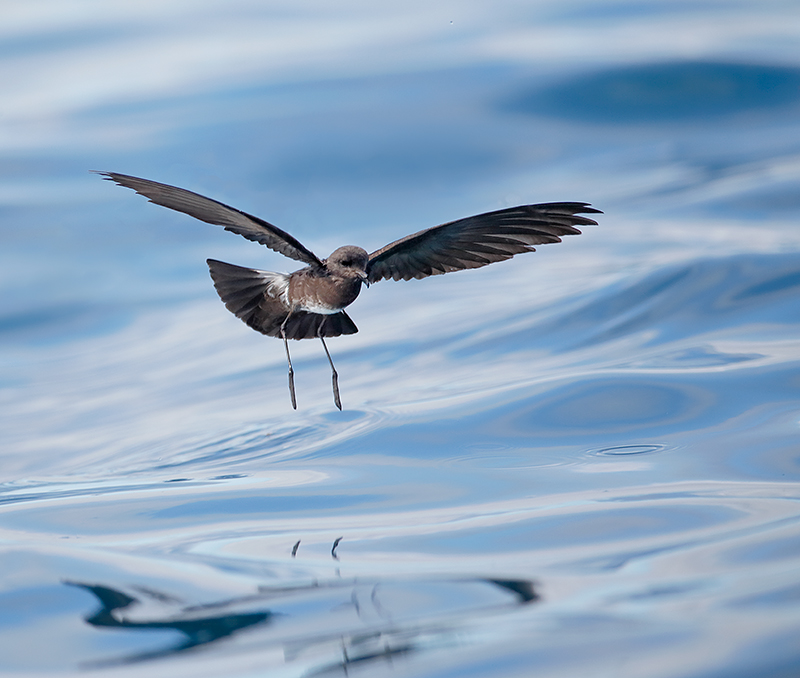
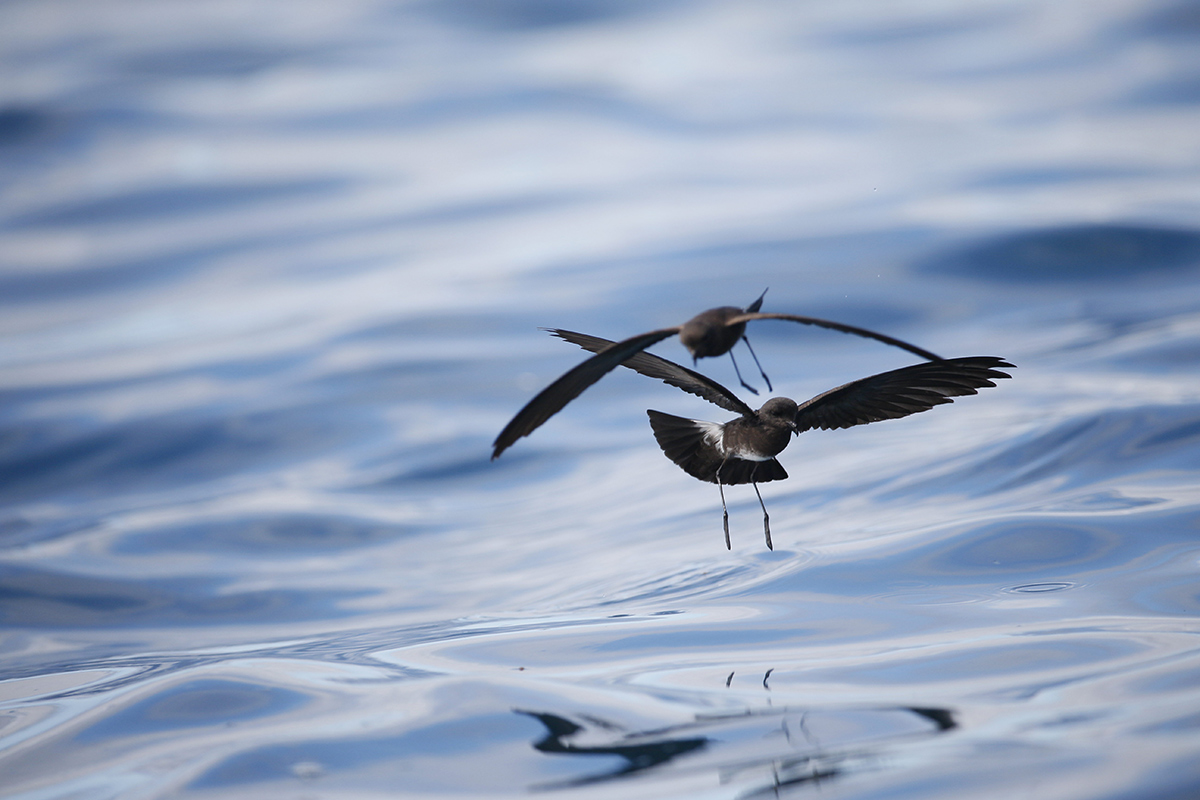

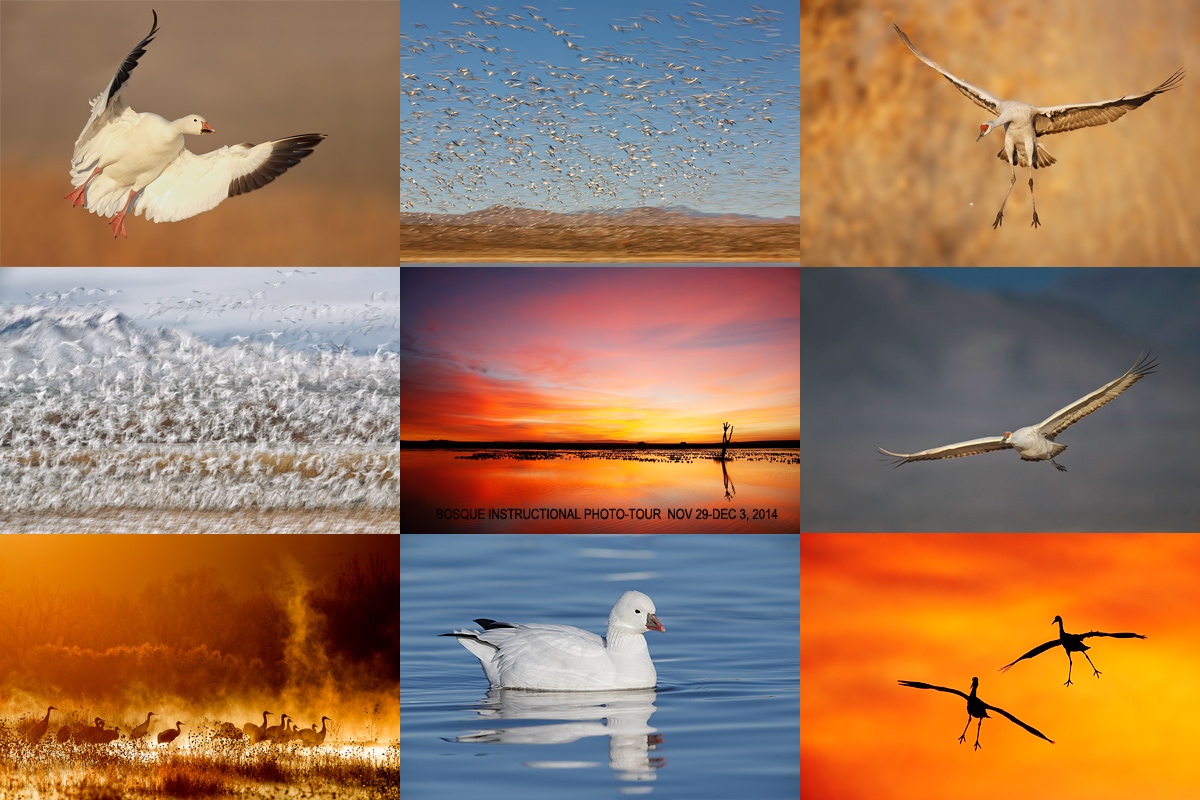
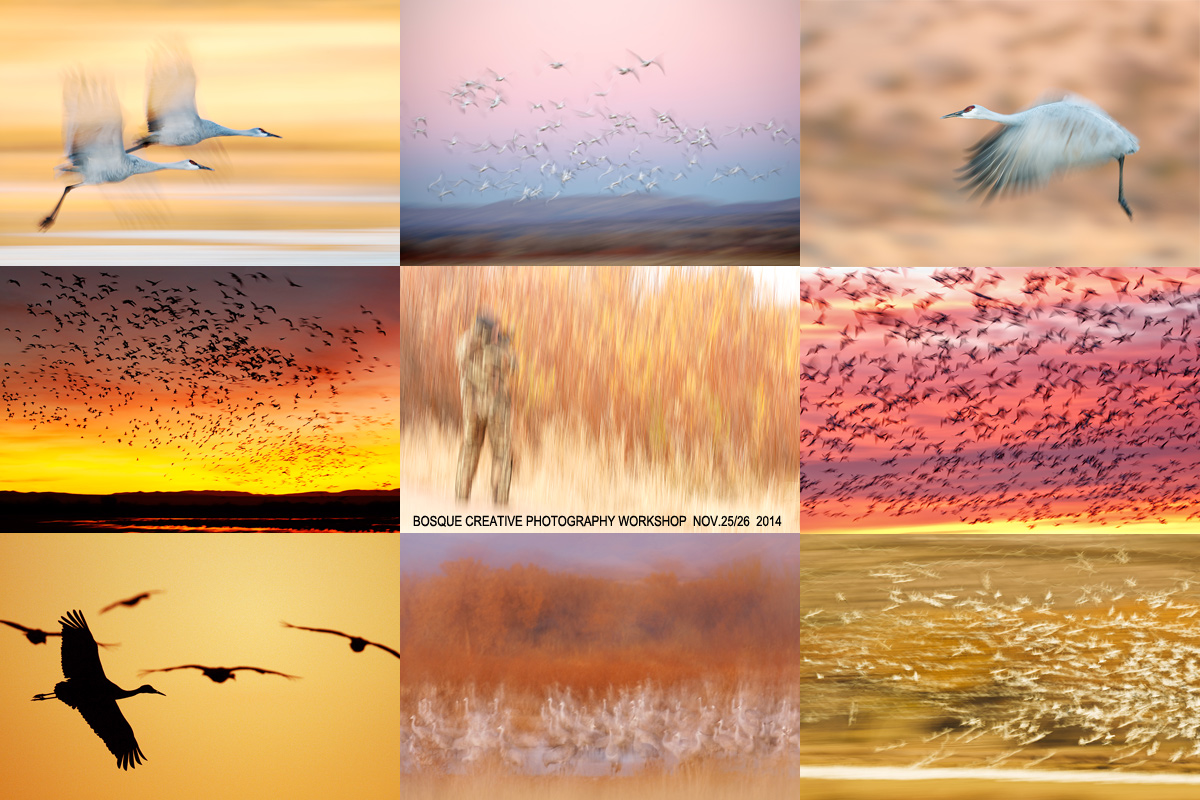
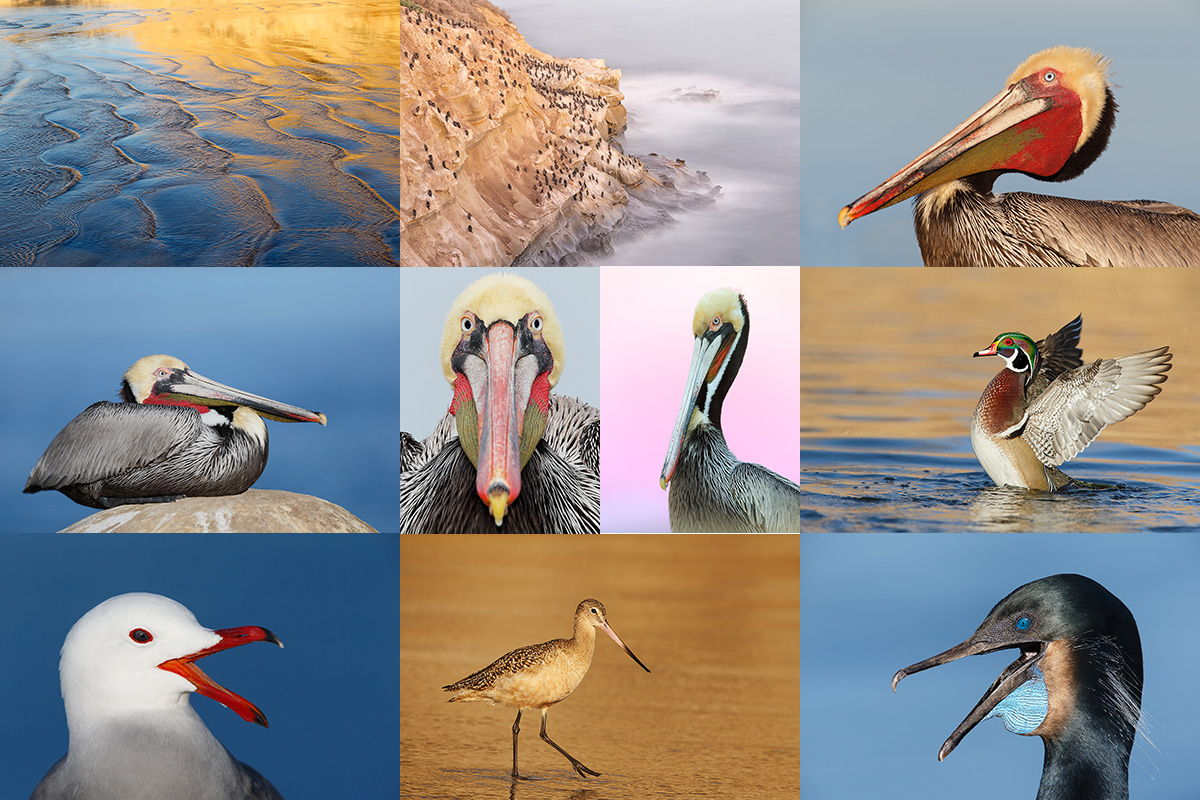
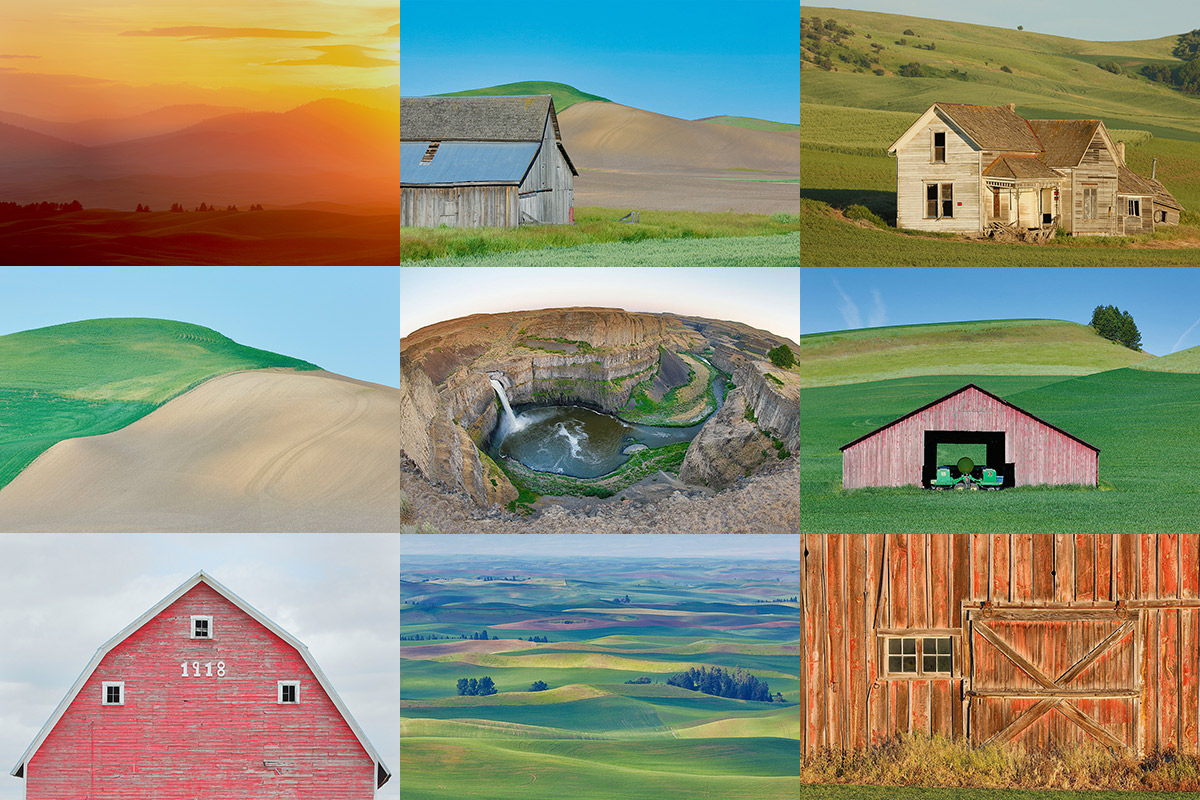
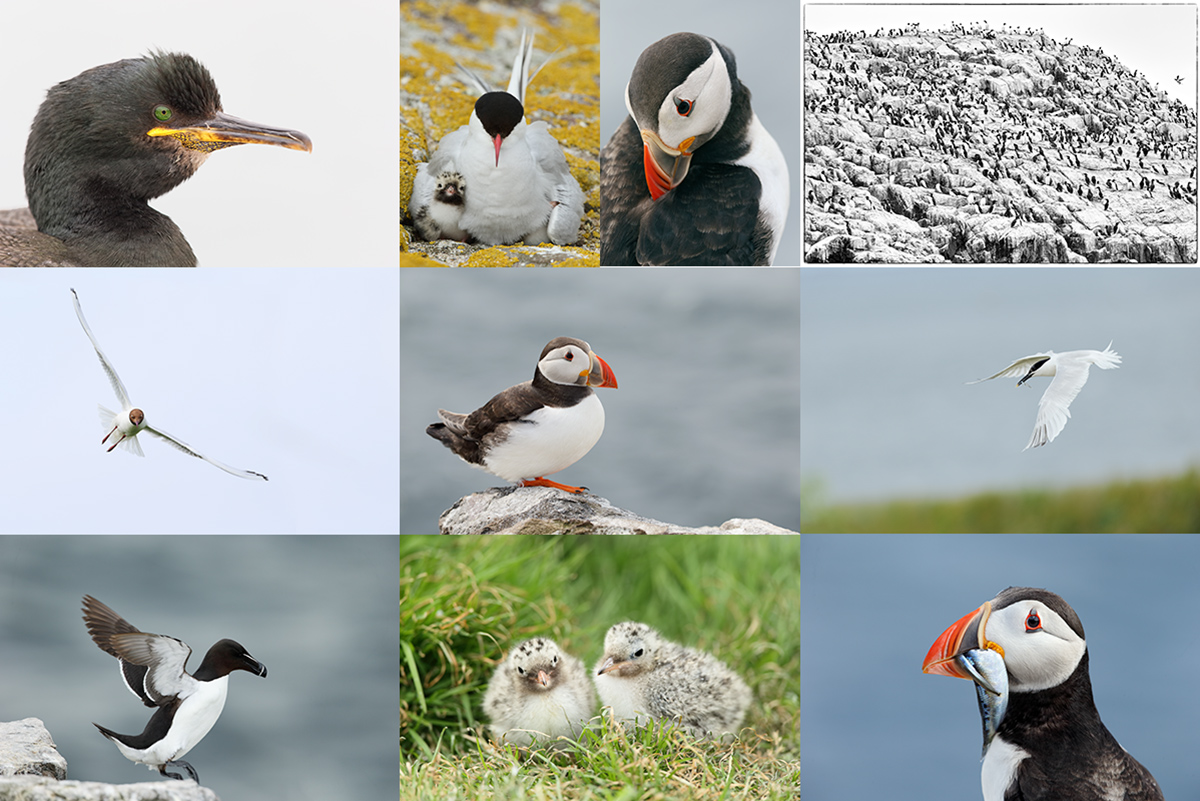
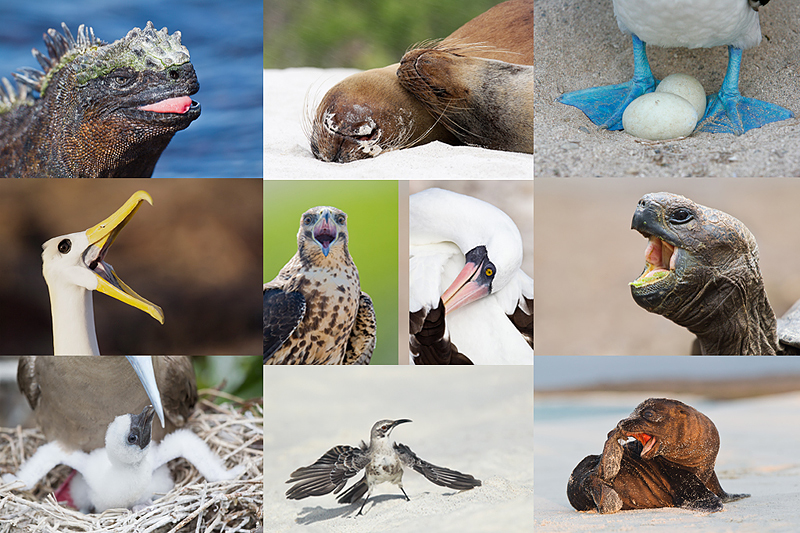













Hi Artie,
inspired by reading your Blog I ordered the 7D Mark II a few weeks ago and I got it today 🙂
I am very happy that Canon produces a new 1.6 crop camera – I was afraid, they would stop it! My first impression of my new Camera is very good, AF seems to work really fast and precise, but I have to read the manual very careful to get all of it!
You wrote a lot about your trying the new body in the different Blog issues. Are you working on a new “User’s Guide” If you do so, I pre-order my issue right now…. 🙂
As always, sorry for my bad translation, but I am sure, you will understand me.
And at least: Congratulation that you switched to Mac – you won’t regret!
Love,
Rose
I will try my best to create a 7D II User’s Guide but it will be a while…. In the meantime there are lots of free tips in each image caption. artie
ps: you English is fine.
Artie I am confused, I have DPP 4.1.0.0 as far as I know this is the original DPP4 and I don’t see any differences?? I went to the link you provided, downloaded and ran it but this looks the same DPP to me as the DPP4 I first downloaded weeks/months ago
Jon, Did you do this as I suggested below:
With Windows, click on Help and then on About DPP 4. When the box pops up you should see that you actually have DPP 4.01.0. Until you do that it looks as if nothing has changed :).
If you still are seeing DPP 4.1..0.0 (was that also an update?) then your program did not install properly. Do you know if your version supports 7D II files?
artie
“most lenses are much sharper than most photographers”
Art Morris
I love this since sure true for me sometimes !
Thank you for putting this together.
For those of you who correctly chose the 7DMII image, how did you arrive at that conclusion?
At first I thought image B was the 7DMII because of the ripples in the water that matched the 7DMII photo posted earlier in that article. However, I did not chose it because it was less sharp (in the area of the chain) and I would not have guessed that the 7DMII would have the least amount of sharpness in this situation.
I am trying to understand how the 7DMII could be less sharp in this case. It has the best AF and the highest pixel density (assuming the focal length was the same on the lens with all three cameras). Additionally this shouldn’t be an issue with camera shake, since the focal length was 200mm x 1.4 x 1.6 = 448mm and the shutter speed was 1000/s.
Going back to an earlier article where the 5DMIII and 7DMII were compared on a photo of a bird, there was no perceived (at least by me) sharpness difference between the two cameras.
I am curious as to why there is an apparent sharpness difference here?
In the end, it doesn’t really matter to me because I am getting the camera anyway 🙂
Thanks!
Mike, Hope that you used my link 🙂
Not all pixels are created equal. I do know that the smaller pixels have a harder time collecting light than the larger pixels of the full frame cameras. Lots more coming soon. I love my 7D II. artie
Test results: many folks had difficulty distinguishing between 1DX and 7DII. That’s a real compliment for the 7DII, considering the price difference between these two cameras. Not sure why the 5DIII impressed most of us as the best image considering it was significantly cropped.
Artie: What would happen if, instead of cropping the 1DX and 5DIII, you engage the 1.4TC on the 200-400 and then take same photo with the 7DII with the bare 200-400? (of course a slight crop would be required on the 1DX and 5DIII to get to 1.6).
The 5D II has lots of really large pixels.
If I zoomed in the full frame cameras would be far ahead in IQ as they would not be cropped…. i think :). Remember that i like to make good images and I try to stay away from the science and numbers of photography 🙂 artie
Hi, Artie. I’ve been puzzling over this reply from you. You’re saying in effect you had to handicap the “full frame” cameras otherwise they “would be far ahead in IQ as they would not be cropped.” In other words, uncropped, the “full frame” cameras would be much better than the 7D2. Now, clearly you’re talking about huge crops here–200%–but still, there’s nothing in your evaluations of the 7D2 that suggests there’s any such disadvantage for the crop camera. Your 7D2 images even look good at 100% crops, and seem only a little, if any worse than the others at 200%. I don’t know about anyone else, but as I’ve said before, I’m inclined to take your real images of birds (and that really cool uncropped image of the stop sign in the water) as my guide, along with your impressions. The tests? Not so much. But I thank you again for all you’ve done here on the new camera; it’s really tremendously useful.
There are many issues involved and I am confused by some of them. You are, however, more confused than me. The huge “crops” that you mention are not crops, they are tight views of images enlarged to 100 or 200%. I not not think that they represent a true 100% crop (whatever that is).
Also, I am 98% sure that getting closer to achieve the same subject size with a 5D III as compared to staying back with a 7D II would produce a far better quality image file. In part based on the larger is better pixel size. Could I be wrong? Perhaps. At this point as i have been saying I do not have much faith in my”tests.” But they were fun and generated lots of discussion. artie
Hi, Artie, and thanks. By “huge crops,” I meant severely cropping the image, which is equivalent to enlarging the image so that what was a very small area on the original image now occupies the full screen on the computer. But yes, I agree that I don’t understand all of this. Your second paragraph above says that if you can get close enough, the 5D III will produce a far better quality image file than the 7D II. I’m not seeing that far worse image quality in your 7D II images. Yes, indeed, fun and lots of good discussion. Thanks again.
Hi, Artie. And many, many thanks; I know all this stuff isn’t what you most like to do. In the original blog post, I rated Image B as slightly less sharp and detailed than images A and C. That doesn’t make much sense to me given what you did. As I said before, I’d have made the image sizes comparable by using the zoom lens, those holding the pixel density roughly constant. Nonetheless, your test has convinced me again that the 7D2 is a very worthy alternative to the 1DX and 5D3. Even more important is that you, who have used all three cameras to make actual images of birds, consider it very worthy. That is worth more to me than your test. images. So thanks again.I should have only about a week before getting my copy.
YAW and good luck. I love my 7D II….
Maybe I’m coming in late, but is the ISO revealed for these 3 images? Maybe the real test is at ISO 1600 or 3200?
I agree with the writer who wrote: buy the camera you can afford and go out and shoot. They are so similar now that features and cost may be the only practical difference. I love my 1DX, but…
Artie I use Windows.
With Windows, click on Help and then on About DPP 4. When the box pops up you should see that you actually have DPP 4.01.0. Until you do that it looks as if nothing has changed :). artie
FWIW, I would have answered differently based on what I saw on my work monitor versus home monitor with regard to quality. Monitor, video card, and calibration all matter.
Understood. There are lots of variables. artie
Nice test.
It would be interesting a comparison of the image quality of the three cameras with a more affordable lens, like the 100-400 f4.5-5.6 L is usm: maybe the differences about the sharpness would be more evident (with the same settings in dpp).
Not. The camera is great and most lenses are much sharper than most photographers… artie
If Arthur did not state which cameras he used or even used a different brand, could anyone truly know from looking at various images?
What if a person had Ansel Adams’ camera gear, could they reproduce his work?
The camera is the tool for the photographers/artists eye/brain/talent/imagination.
What if we all had the same brushes, paint and canvasses that Michelangelo used, who amongst us would be in that category?
A major discussion in the golf world was in full gear about what type/style/brand of putter was the best one…
After way too much noise, Curtis Strange abruptly stated “It is not the putter, it is the Puttee!”
Each one of Arthur’s test cameras is fantastic.
Get the best camera for you and learn about light. Go capture images.
When ordering a new camera like the 7DII, do you think the first models available are as good, better or worse than later-made models? Are is there any difference?
Thanks for your help. I’ll be ordering soon!
Arthur,
what I saw in A & B was a very tiny bit of detail in the chain that image B was lacking. FF is going to have more dynamic range than a crop sensor so a FF camera will pick up more detail in the darkest and lightest portions of the image.
All that said, who cares? Pixel peeping photographers are the only people that will ever notice such small nuances. 99.9% of people wouldn’t notice or care in the least. Oddly I thought image C had the most noise in the water.
I’m impressed by what I’m seeing in these 7D2 samples. Thanks for your time.
Artie,
Could you share with us your decision to move from Windows to Mac? And what, if any, were your frustrations in doing so? (Your post seems to imply there were some frustrations.) Maybe in a future blog….
Thanks, Karl
p.s. I’m trying make a similar decision on a new computer that I will be buying soon.
Karl,
I will be doing that in a blog post soon.
artie
I think that your decision to use the 7D2 over the 1DX and 5D3 is the real test conclusion. I just wonder if this love will last.
Artie what are the latest updates in the DPP 4 version compared to the original DPP 4 any idea?? I have downloaded it and don’t see any difference to date, is it just that it is now modified to cater for the 7D files?
Windows or Mac? artie